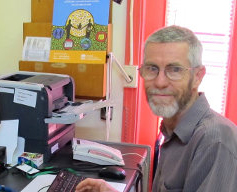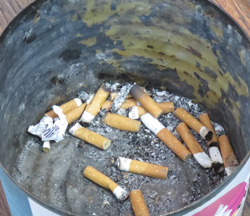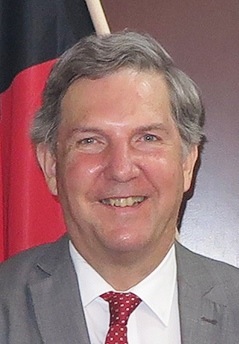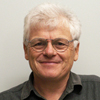
Medicare hits a million billings a day
For the first time ever, more than one million billings a day are being received by Medicare, a figure that outstrips the number of new patients over the past decade by three-to-one.
Announcing the Medicare statistics for 2014-15, Health Minister Sussan Ley said 21 million Australians accessed more than 368 million individual services on the Medicare Benefit Schedule (MBS).
The cost to taxpayers exceeded $20 billion, she added.
According to the Minister, about 90 per cent of the nation’s 23.95M population accessed Medicare last year, with an average number of 17 items being recorded per patient, at an average cost of $800 per person.
“Medicare claims are now an average of $350 a year higher than they were 10 years ago,” Ms Ley said.
- Details
- Written by: Staff

GPs asked to help local drug study
The University Centre for Rural Health is seeking input from Northern Rivers GPs on a study exploring illicit drug use and associated harms in the area covered by Northern NSW Local Health District (Tweed-Grafton).
The study’s aim is to address an identified knowledge gap about local drug use, and to establish a Rural Drug Monitoring System, according to Dr Michael Douglas, UCRH’s Director of Education.
“Currently, we know very little about the harms associated with drug use, and the implications for relevant services. We are seeking input from General Practitioners, many of whom are at the front line of the issue,” he added.
“We would be most grateful if GPs are able to support this research by engaging in an interview exploring the matter. The interview can be done face-to-face or by telephone, at a time of their convenience, and is expected to take about 30 minutes.”
- Details
- Written by: Staff

Tobacco price rise a healthy start to Spring
On 1 September - the first day of Spring - the cost of a packet of cigarettes increased by 12.5 per cent, a move welcomed by Northern NSW Local Health District, as well as health authorities and practitioners Australia-wide.
The rise, due to a tax increase, is the third tranche of four annual tax increases on tobacco that will deliver a 60 per cent increase by 1 December 2016.
NNSW LHD Health Promotion Manager Jillian Adams said, “Although smoking levels have declined dramatically in the past 30 years there are still around 19 per cent of adults smoking in our area.
“Many of these smokers are nicotine-dependent and find it really hard to quit. To help them, NNSW LHD will now be offering free quit smoking programs in most locations.
“The quit programs are 3 or 6 weeks long and will help support smokers quit for good,” said Ms Adams.
- Details
- Written by: Staff

LHD CEO Chris Crawford to stand down at year’s end
The Northern NSW Local Health District (NNSW LHD) Chief Executive, Chris Crawford will retire from the position at the end of this year, at the completion of his current five-year contract.
Announcing his decision today (2 Sept) Mr Crawford said he had informed the NNSW LHD Board that he would not be reapplying for the position, which would “enable the process of recruiting a new Chief Executive to commence.”
A University of NSW alumnus, Mr Crawford was awarded the Public Service Medal (PSM) in the 2014 Australia Day Honours list for outstanding public service within the public health system, particularly for the North Coast and Northern Rivers communities of NSW.
- Details
- Written by: Staff
Read more: LHD CEO Chris Crawford to stand down at year’s end

Childhood trauma can trigger later life obesity
by Andrew Binns, GP Speak clinical editor
Many obese/morbidly obese Americans have been identified as suffering physical, sexual or verbal abuse, or other adverse trauma, in their childhood, according to a milestone study by the US Centers for Disease Control and Prevention (CDC).
The Adverse Child Experience (ACE) Study found that living with an alcoholic or drug taking parent or a mentally ill family member, or experiencing rape or other physical assault, can also be triggers for weight gain in later life (as well as other chronic diseases). The prevalence of this connection is only starting to be recognized by clinicians, including GPs and counselors, with presentations suggesting that the Australian experience parallels the USA’s.
- Details
- Written by: Andrew Binns
Page 152 of 177















